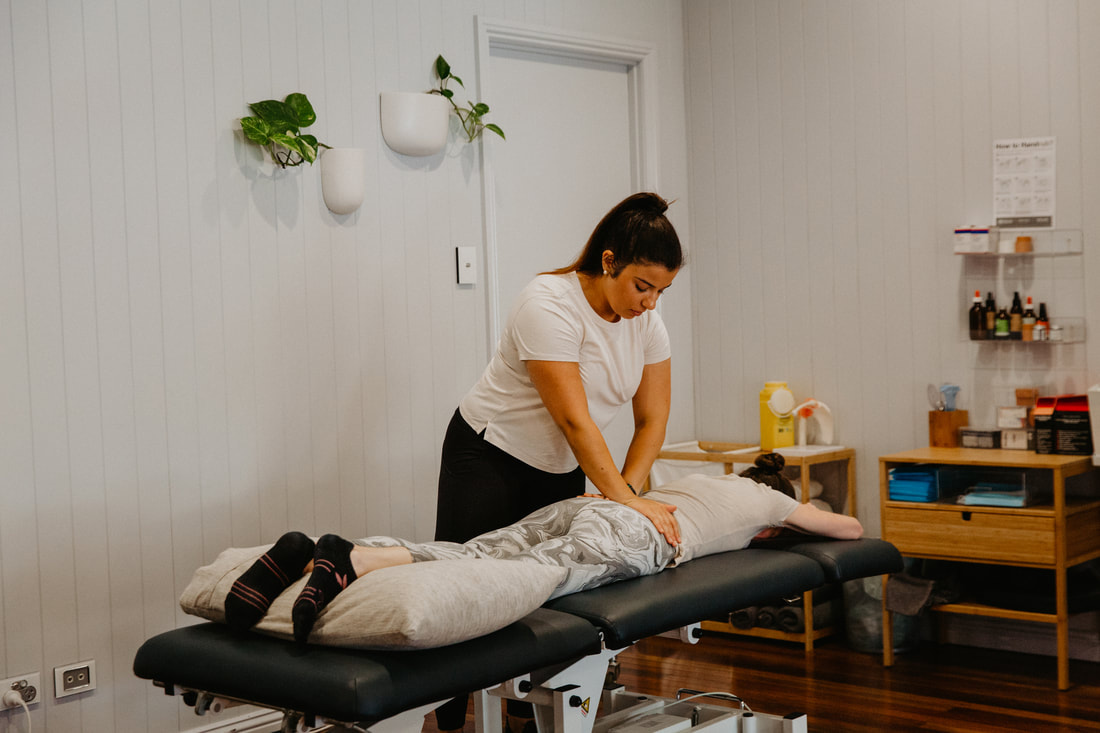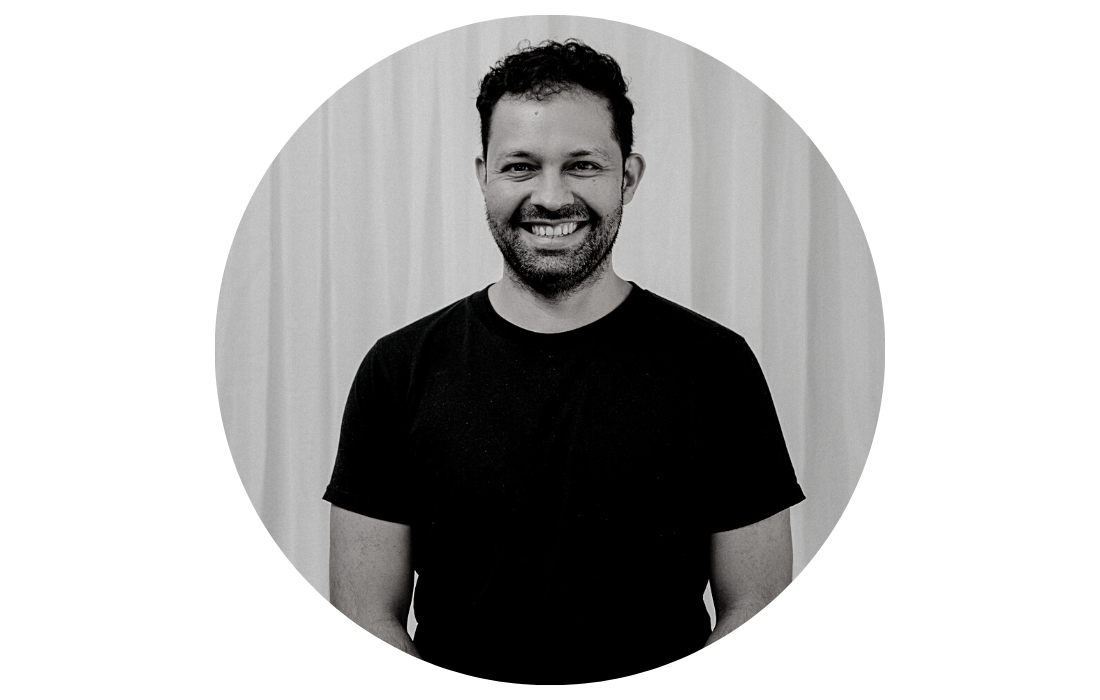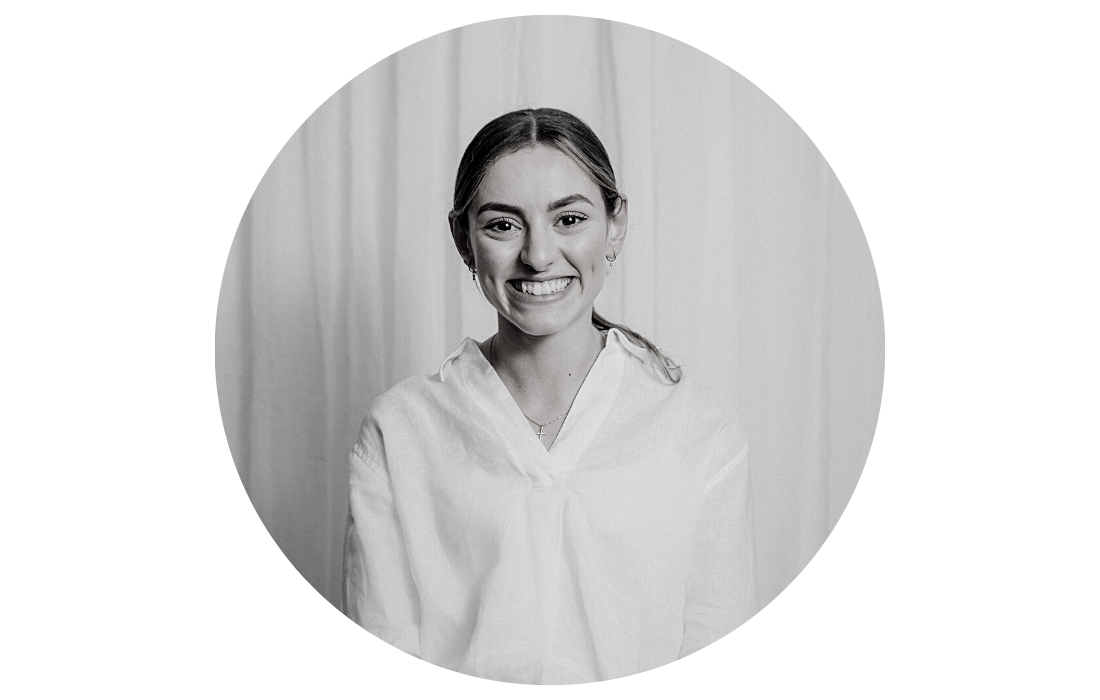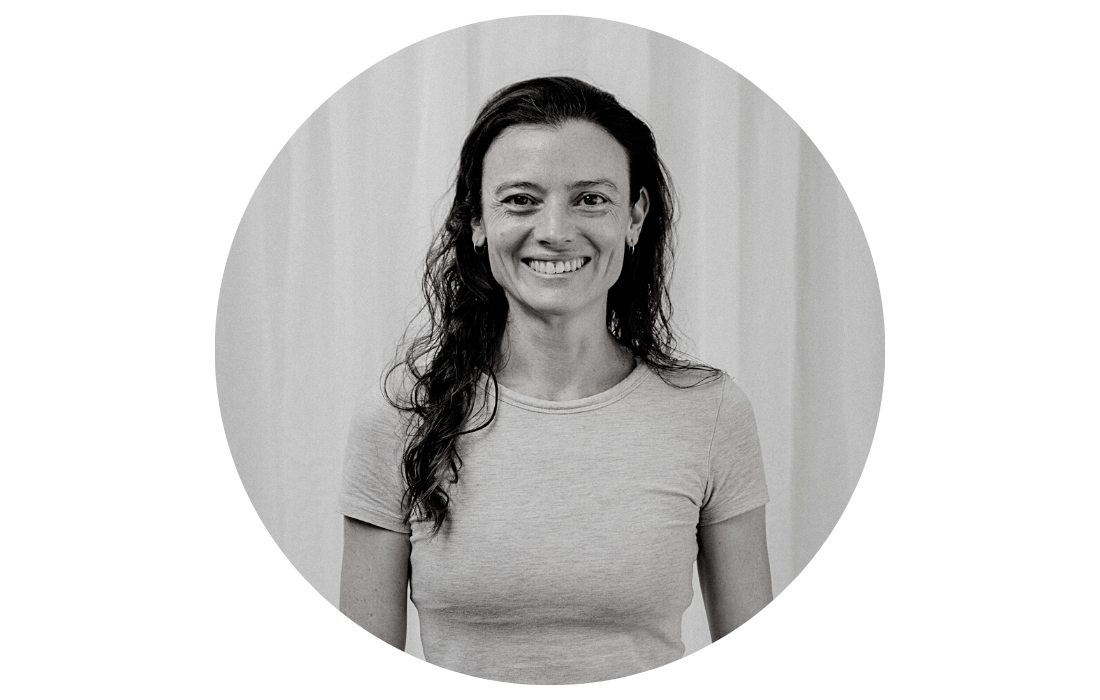Sports injury physiotherapy for high jumpers.
High Jump and the Role of a Specialised Physiotherapist
High jump is an athletics event that demands a unique combination of speed, power, agility, and technique. Athletes must sprint, convert horizontal velocity into vertical lift, and master a specific technique, such as the Fosbury Flop, to clear the bar. This event places significant demands on various muscle groups and joints, particularly in the lower limbs and back.
Key Aspects of High Jump:
The Importance of a Physiotherapist Specialised in High Jump:
What Are Common Injuries Among High Jumpers?
High jumpers, due to their specialized and explosive movements, often experience specific types of injuries:
How Can High Jumpers Prevent These Injuries?
Injury prevention is crucial for high jumpers:
What Physiotherapy Treatments Are Effective for High Jump Injuries?
Physiotherapy plays an important role in treating and managing injuries in high jump:
When Should a High Jumper Consult a Physiotherapist?
Professional guidance is recommended in various situations:
How Can Physiotherapy Help in Long-Term Injury Prevention for High Jumpers?
Long-term injury prevention is essential in high jump:
What Recovery Strategies Should High Jumpers Employ?
Effective recovery strategies are important for high jumpers:
High jump is an athletics event that demands a unique combination of speed, power, agility, and technique. Athletes must sprint, convert horizontal velocity into vertical lift, and master a specific technique, such as the Fosbury Flop, to clear the bar. This event places significant demands on various muscle groups and joints, particularly in the lower limbs and back.
Key Aspects of High Jump:
- Explosive Power: The need for explosive strength during takeoff to achieve maximum height.
- Technical Precision: Mastery of jumping technique is crucial for clearing high bars while minimizing injury risk.
- Flexibility and Coordination: Athletes require excellent flexibility and body coordination to execute the jump effectively.
The Importance of a Physiotherapist Specialised in High Jump:
- Injury Prevention and Management: A physiotherapist with expertise in high jump can offer targeted strategies for injury prevention and rehabilitation, addressing the sport's specific biomechanical demands.
- Performance Enhancement: Understanding the mechanics of the high jump, a physiotherapist can assist athletes in optimizing their jumping technique and physical conditioning, crucial for their performance.
- Recovery and Conditioning Advice: Specialized physiotherapists can provide guidance on effective recovery techniques and conditioning exercises tailored for high jumpers, vital for maintaining fitness and preventing injuries.
What Are Common Injuries Among High Jumpers?
High jumpers, due to their specialized and explosive movements, often experience specific types of injuries:
- Ankle Sprains: Common due to the impact of landing and the need for precise foot placement.
- Knee Injuries: Including patellar tendinitis and ligament strains from the force exerted during takeoff and landing.
- Lower Back Pain: Resulting from the arching motion during the jump and the impact of landing.
- Hamstring Strains: Due to the explosive sprinting and jumping required in the event.
- Achilles Tendinitis: From repetitive stress on the Achilles tendon during jumping activities.
How Can High Jumpers Prevent These Injuries?
Injury prevention is crucial for high jumpers:
- Proper Technique: Mastery of jumping and landing techniques to minimize stress on the body.
- Strength and Conditioning Training: Focusing on lower body and core strength to support the demands of high jumping.
- Flexibility Training: To maintain and improve joint range of motion and muscle elasticity.
- Adequate Warm-Up and Cool-Down: Essential for preparing muscles for the jumping activity and aiding in recovery.
- Regular Rest and Recovery: Allowing sufficient time for the body to heal and recuperate from training.
What Physiotherapy Treatments Are Effective for High Jump Injuries?
Physiotherapy plays an important role in treating and managing injuries in high jump:
- Manual Therapy: Including massage, stretching, and joint mobilization to relieve pain and restore mobility.
- Tailored Exercise Rehabilitation: Specific exercises to strengthen and rehabilitate injured areas.
- Biomechanical Analysis: Assessing jumping and landing techniques to identify and correct issues.
- Pain Management Techniques: Utilizing modalities like ice or heat therapy.
- Injury Prevention Education: Providing guidance on how to avoid future injuries through technique and lifestyle adjustments.
When Should a High Jumper Consult a Physiotherapist?
Professional guidance is recommended in various situations:
- Post-Injury: For accurate diagnosis and a comprehensive rehabilitation plan.
- Persistent Pain or Discomfort: Especially if it affects performance or daily activities.
- Technique Enhancement: To improve jumping skills while minimizing injury risk.
- Preventive Measures: Learning effective strategies to reduce the likelihood of injuries.
How Can Physiotherapy Help in Long-Term Injury Prevention for High Jumpers?
Long-term injury prevention is essential in high jump:
- Personalized Exercise Programs: Focused on the specific needs of high jumpers, balancing strength, flexibility, and technique.
- Regular Physical Assessments: To monitor progress and adjust training as needed.
- Technique Refinement: Ongoing work to improve high jump techniques and reduce injury risk.
- Nutritional Guidance: To support overall health, muscle development, and recovery.
What Recovery Strategies Should High Jumpers Employ?
Effective recovery strategies are important for high jumpers:
- Active Recovery: Engaging in light activities to promote circulation and muscle recovery.
- Proper Nutrition and Hydration: Essential for muscle repair and energy replenishment.
- Adequate Sleep: Crucial for physical and mental recovery.
- Stress Management: Utilizing techniques like mindfulness or yoga to maintain a healthy mental state.
Who to book in with:
Mauricio Bara
|
Monica Hanna
|
Emma Cameron
|



